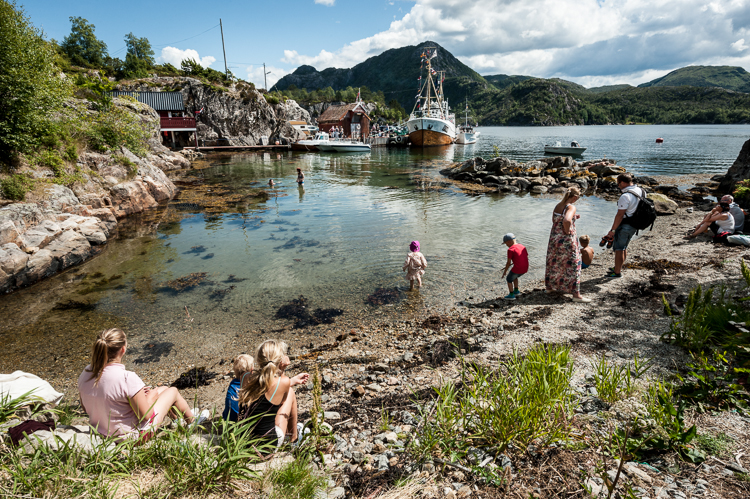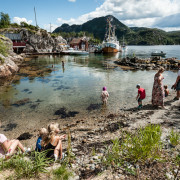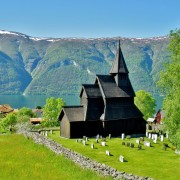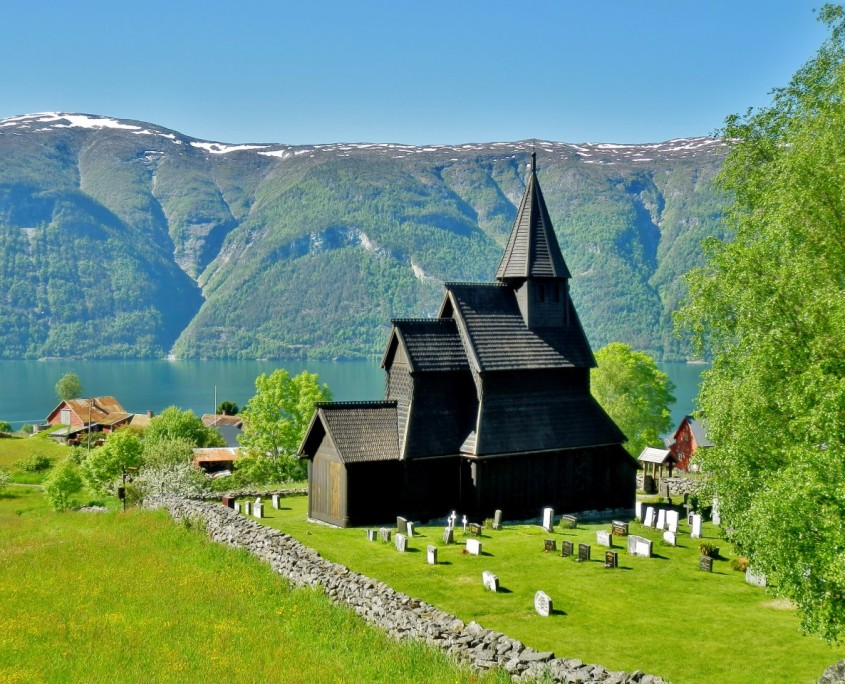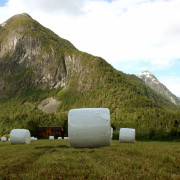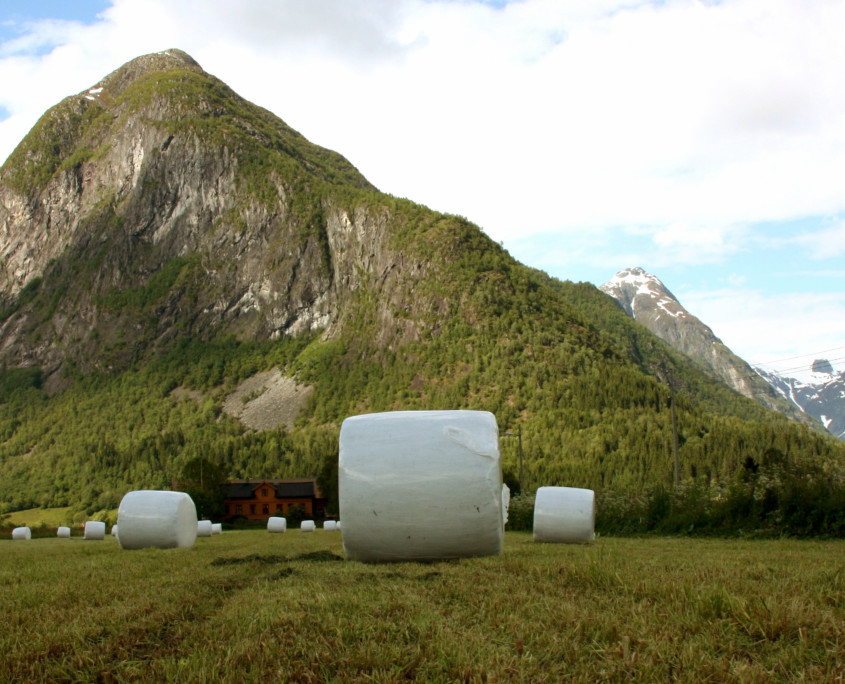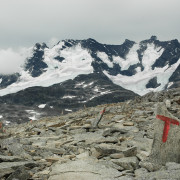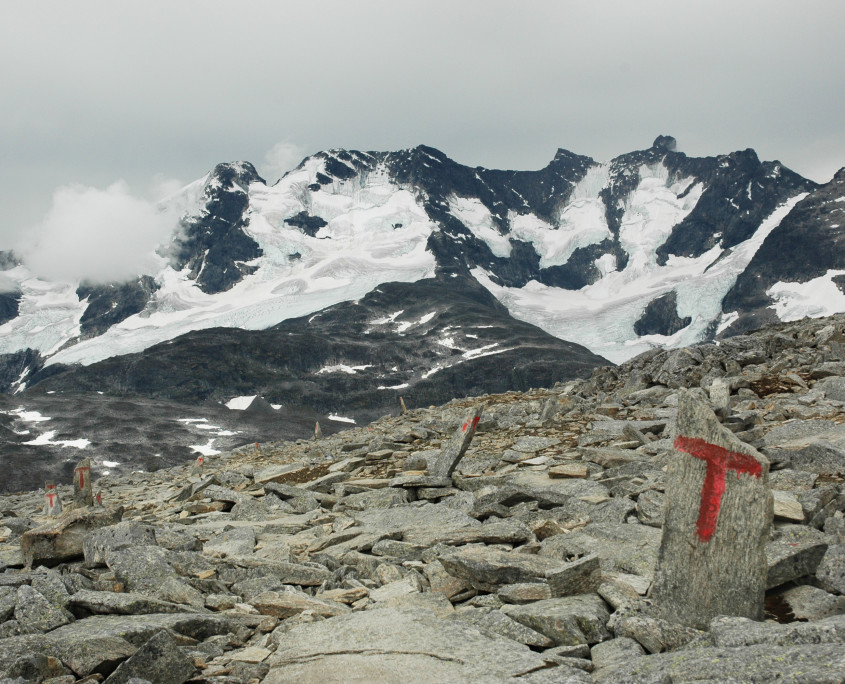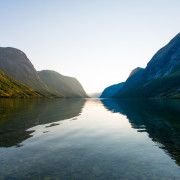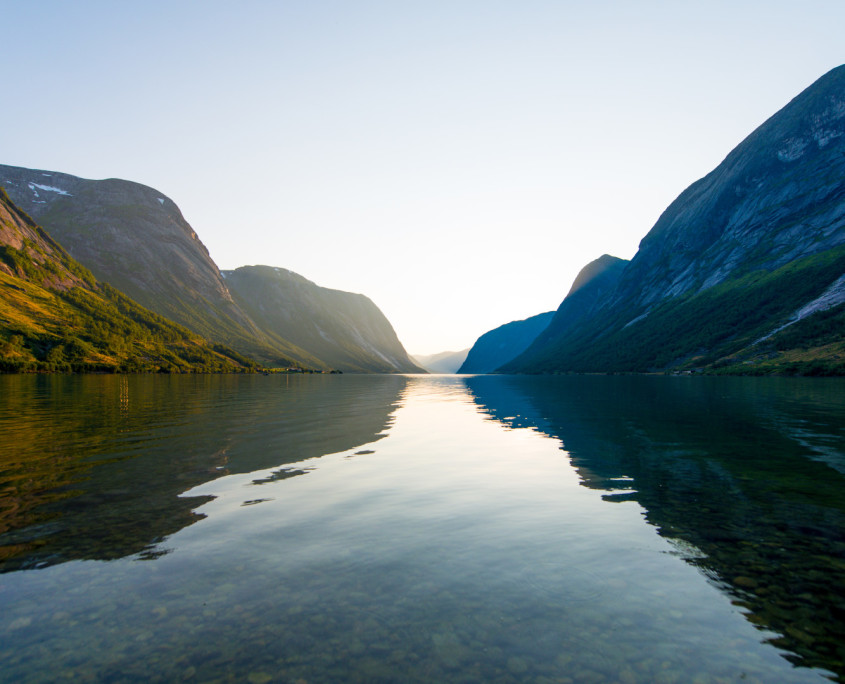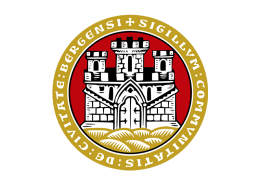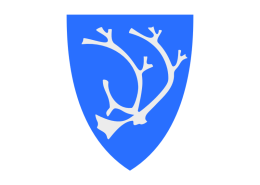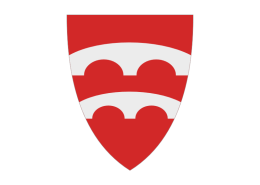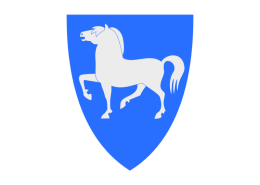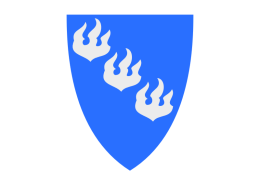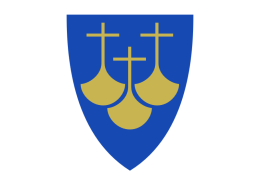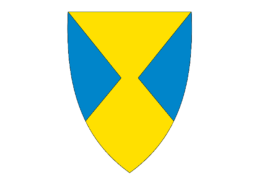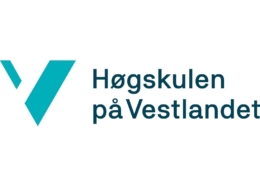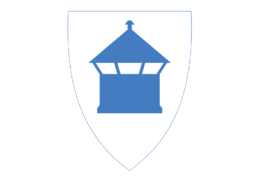The Sogn og Fjordane county is centrally located in West Norway, and stretches from the coast in west to the mountains in the east.
The diverse and spectacular topography makes the county itself a tourist attraction: coastline, ocean, fjords, glaciers and high mountains can all be found in Sogn og Fjordane.
The longest fjord in Norway is situated in Sogn og Fjordane, as well as 55 mountains rising more than 2000 meters above sea level.
The county has more than 109 000 habitants in 26 municipalities. The county is sparsely populated, with safe communities and smaller cities. The biggest community centres in the county are Førde, Florø and Sogndal. They all provide a lot of job opportunities for its citizens and people from the neighbouring areas.
The businesses rely to a big extent on the county’s natural resources, and agriculture, fruit production, fishing, fisheries, tourism, maritime business and power production, are important. The industry has also gained a central position in the county, and business clusters within high-tech industry, maritime and offshore, finance, design, energy and ICT have emerged. Several ICT start-ups have settled in the county as the county’s small size makes the start-up ideas easy to put into practice.
Nature and culture is highly intertwined in Sogn og Fjordane. Several festivals have the nature as their starting point, like the Mountain Sport Festival in Sogndal and the water festival “Våt moro” in Florø. Some music festivals are also taking place in the county, where Malakoff Rock Festival at Eid and Førde International Folk Music Festival are among the biggest. Even the Norwegian specialty “gamalost” which means old cheese and New Norwegian are celebrated with their own festivals. Sogn og Fjordane has its own opera house as well as an art museum, and the county also holds the stave churches of Urnes and Nærøyfjord, which are both listed on the UNESCO World Heritage List.

